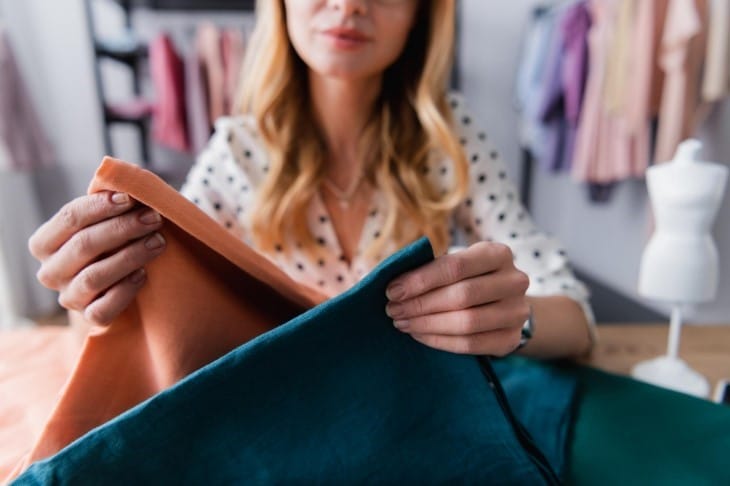A/B Testing: Why Does It Matter?
Good leaders rely on one’s instincts, but visionary leaders make decisions based on data. Fortunately, there are lots of ways to get information. One of the most common methods, is A/B testing, a marketing experiment where two different versions of a campaign or a piece of content or design are tested on your target audience to discern which performs better.
Doesn’t matter what industry your business is in. It also doesn’t matter whether your business is B2C or B2B or whether you offer products or services — you can use A/B testing to learn more about your audience preference. Evaluate consumer acceptance of a new product or packaging design idea prior to the introduction of the product in the market, to incorporate logical changes and reach out in the most effective way at product launch.

What exactly is A/B testing?
“A/B testing” is a user experience research methodology, where two samples (A and B) of a single vector-variable are compared. The values are alike except for some small variation which might affect user behavior. A/B tests are commonly a simple controlled experiment. However, by adding more variants to the test, its complexity grows. Recommendations to carry out well composed research:
- Packaging or Variant Test: If the goal is to find out the most appealing design or packaging variant amongst the final two or four; the most suitable technique is to reach your target audience through online polling. HD quality or 3D images in the survey questionnaire with bright mix of psychographic, and demographic questions will do a fine job. Keep it to-the-point, intuitive and engaging. Reach out to #Abnerinsights for free demos.
- User Experience Test: When the goal is to ensure consumers feel or experience (by touch, smell, taste) the product then physical or face to face interviews are recommended.
Depending on the product category and intended experience exercise, research team at #Abnerinsights will recommend cost effective common-location or retail environment sampling techniques.

Best Practices and Tips for A/B Testing
These are the result of the experiences, of our clients during their testing activity.
- The goal should always be statistical reliability: It is advisable to reach a confidence score of 95% with a margin of error of 2.3% to make any decisions.
- Quantify key indicators: Behavioral intentions and consumer beliefs towards the object should be measured during the test.
- Mix of psychographic, and demographic questions: It is advisable to restrict collateral effects of attracting a population of users with infrequent behavior.
- Collect feedback from real users: One of the best ways to reach out to target group is by reaching the vantage point. Example an exit survey at modern trade if the product category is CPG or car wash/oil change outlets if the product category is lubricants.
- Clear and sensible metrics: Finally, performance measurements must be clearly defined and easy to measure.
Conclusion
Every user is unique, their preferences will naturally change over time. A/B tests will help you understand your audience preferences point-in-time, which in turn will lead to checkout optimization and positive ROI.
As it’s based on real user behavior so the data can be very helpful, especially when determining what works better between two options. These tests are extremely valuable to a business as they’re low in cost but high in reward.
Copyright © 2023 Abner Insights FZE-LLC. All Rights Reserved. | Web Design & SEO by DAAVIN
We use cookies to ensure that we give you t
